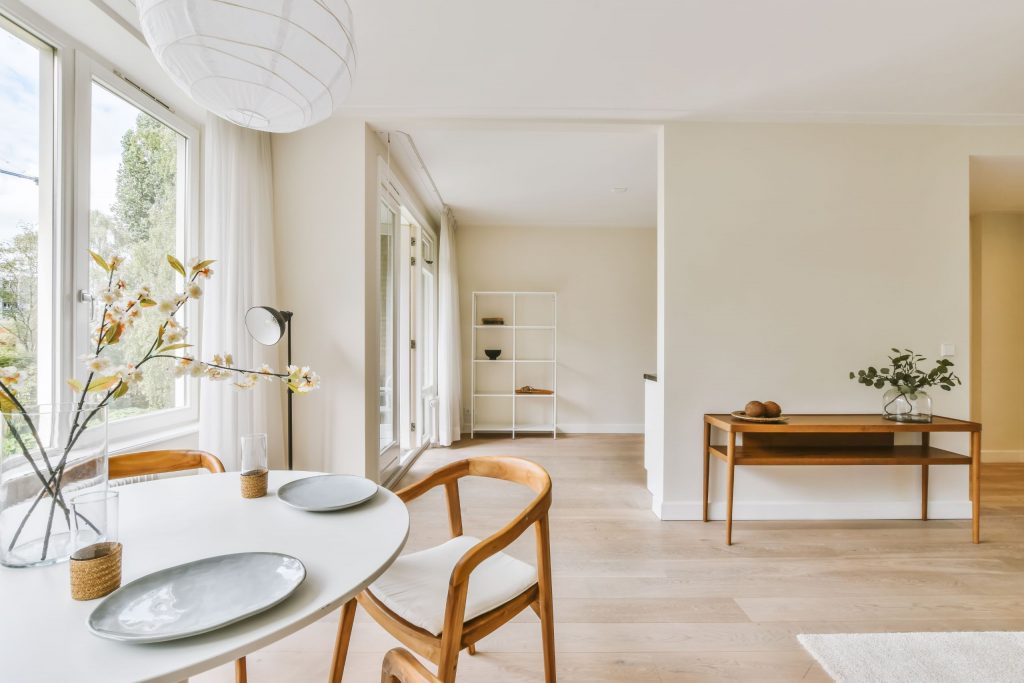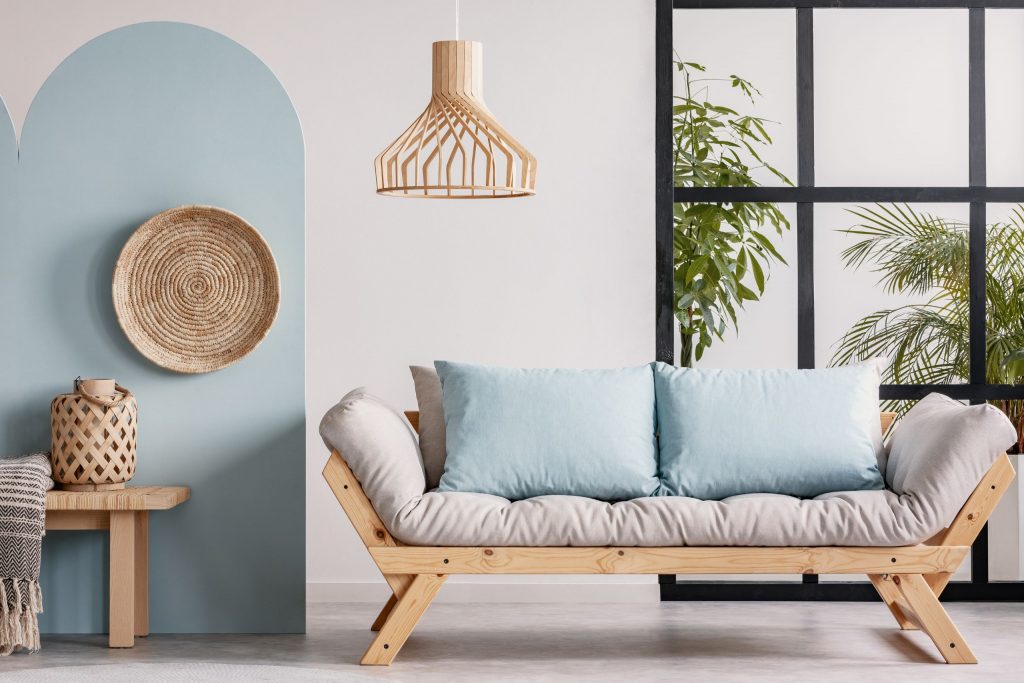Stressing simplicity, practicality, and clutter-free surroundings, the minimalist design approach stresses ideas and aesthetics that encourage a tranquil settings. This approach promotes clean lines, neutral color schemes, and low embellishments so that individuals may create their homes to express serenity and clarity. Simplicity has become more and more important as contemporary life becomes more hectic and fast-paced as it helps to create quiet environments and improve well-being.
Apart from its soothing qualities, minimalist design often stresses the need of quality above number, therefore guiding the choice of few but very significant objects. This helps one live with greater purpose. From sustainability and environmentally friendly materials to multi-functional furniture that promotes usefulness while preserving simplicity, various trends are now guiding minimalist home décor.
Key themes will be discussed in this paper to provide ideas on how to create a minimalist look in modern houses.
Neutral Color Palettes for Serenity
Making peace in a place largely depends on neutral hues like whites, greys, and earth tones. These colors encourage peace and serenity, very balancing and soothing. Reflecting natural light, neutral hues helps a space feel large and open, therefore enhancing its welcoming quality.
Simple design and neutral colors help the beauty of simplicity to fully flourish. Though one is utilizing a neutral palette, pops of color might be purposefully used to maintain visual appeal. A few well-placed elements, like as sofas or artwork, may accentuate the area without overwhelming the serenity of the surrounds.
When using color, balance is important; strong highlights on a neutral background create focus regions that grab the eye without upsetting harmony. This harmony guarantees that the design stays usually peaceful and constant.
While careful color choice encourages one to be unique without losing peace, neutral color palaces provide a great foundation for quiet.

Functional Furniture for Multi-Purpose Spaces
Choice of efficient, space-saving furniture has been somewhat popular recently. Increasingly, homeowners want items with many uses so they may maximize their living areas. A sofa bed, for example, not only offers cozy sitting but also becomes a guest sleeping space, therefore highlighting the variety that current customers want.
This movement depends much on sleek, simple furniture designs. These designs accentuate the look of a place without adding visual clutter, therefore fostering an openness and simplicity. Focusing on simple lines and neutral colors helps people to improve a place while still keeping it neat.
Another great approach to maximize space use is using modular furniture. Stackable stools or modular shelves are among items that may be rearranged to fit various uses and events. This flexibility lets people fit their areas for all kinds of activity, from hosting visitors to working from home. Functional furniture keeps redefining how rooms are used as the need for flexible living conditions increases by smoothly combining design with usefulness.
Decluttering with Smart Storage Solutions
Decluttering embodies the “less is more” idea and produces a neat, peaceful space. Emphasizing simple design, clever storage ideas such built-in cabinets and secret compartments simplify areas, therefore minimizing visible clutter. These elements let homeowners increase utility while keeping an aesthetically beautiful environment.
It’s important to evaluate key objects and classify them by frequency of usage if one wants to properly arrange areas. Store everyday needs close by using pull-out shelves or deep drawers for easy access. Less often used objects should be kept in discrete sections to reduce obvious clutter without sacrificing usability.
Including wall-mounted shelves or multifunctional furniture enhances the minimalism approach even further by allowing open space and practical storage. Those who give organization top importance with imaginative storage solutions will have a tidy residence reflecting calm and consideration.
Natural Elements for Warmth and Balance
Incorporating natural elements like wood, stone, and vegetation into understated environments has been very trendy recently. Still following the ideas of simplicity and utility, these components are very essential in avoiding settings from seeming cold or sterile.
Contrasting the often sharp lines of minimalist design, wooden furniture and fittings provide warmth and a feeling of relaxation. Whether via counters or ornamental accents, stone accents provide a hint of earthiness and texture, therefore generating visual interest without dominating the room. In same fashion, plants—such as vertical gardens or potted plants—bring vitality to otherwise austere environments, therefore improving air quality and creating a pleasant environment.
Homeowners may combine contemporary minimalist design with nature by choosing neutral color palettes that accentuate natural colors, open spaces for natural light, and streamlined furniture built from organic materials. This harmonic integration of the surrounds not only softens the austere approach but also generates a wonderful surroundings that seems both balanced and invigorating.

Conclusion
The main minimalist décor trends supporting a clean, contemporary style point to a neutral color palette, simplified furniture, flexible designs, and an awareness of natural light. Using open space, choosing less elaborate accents, and including plants might improve the visual appeal as well as use of living rooms. By removing clutter and distractions, minimalist home décor not only promotes a calm atmosphere but also conscious living. Experimenting with these minimalist styles helps people to design a serene and appealing house that expresses their individuality while keeping an orderly and harmonic environment, therefore increasing their pleasure in their living areas.
